The Irish defense dominated, special teams fueled an early lead and some late style points, and the Notre Dame offense righted the ship after a shaky start to demolish Pitt. For a second straight game Marcus Freeman’s squad found some easy points outside the core phases of the game with 5 takeaways and special teams and defensive touchdowns.
But like USC, that shouldn’t overshadow the absolute dominance the Irish flashed even in the routine down-to-down play (+5 yards per play and doubling up the Panthers in success rate!). As a result, even with some less sustainable sources of points the SP+ “adjusted margin” of victory was right in line with the final score (+50.3).

There’s a lot of garbage time in this one as things escalated quickly in the 3rd quarter – for these numbers, starting with Jaden Mickey’s pick-six that put the Irish up 31-0. That removed roughly 37% of plays – not changing much for the ND offense, which aveaged 8.46 YPP before garbage and 8.65 after, but helping the defensive numbers as Pitt connected on some late 4th quarter explosives to ruin the shutout effort.
Stats from a few excellent sources – College Football Data, Game On Paper, and often referencing SP+ and FEI metrics. If you get lost, check out this handy advanced stats glossary here or reach out in the comments.
The defense continues to terrorize QBs

The transitive property does not apply in college football but in this specific instance it turns out if Caleb Williams struggles against an attacking Notre Dame defense in South Bend so will a new Pitt starter who couldn’t beat out Phil Jurkovec in the offseason. It’s surprising that Panthers OC Frank Cignetti didn’t protect Christian Veilleux more – Pitt ran the ball on just 33% of early downs and had some modest efficiency in a limited sample (10 carries pre-garbage time). But he put the offense on Veilleux’s shoulders and unsurprisingly the Penn State transfer immediately started putting the ball in harm’s way.
The absence of Benjamin Morrison and then Cam Hart for most of the contest is indiscernible in the numbers, as Jaden Mickey and Christian Gray both shined. Pitt averaged just 3.04 yards per dropback, a minuscule 16% passing success rate, and were successful on just 1 of 14 passing down plays. Veilleux had no margin for error, constantly under duress and with little chance as soon as the offense fell behind the chains (which again begs the question why Pitt didn’t try a little more run-run-pass conservatism both to protect Veilleux and bleed clock and try to ugly up this game).
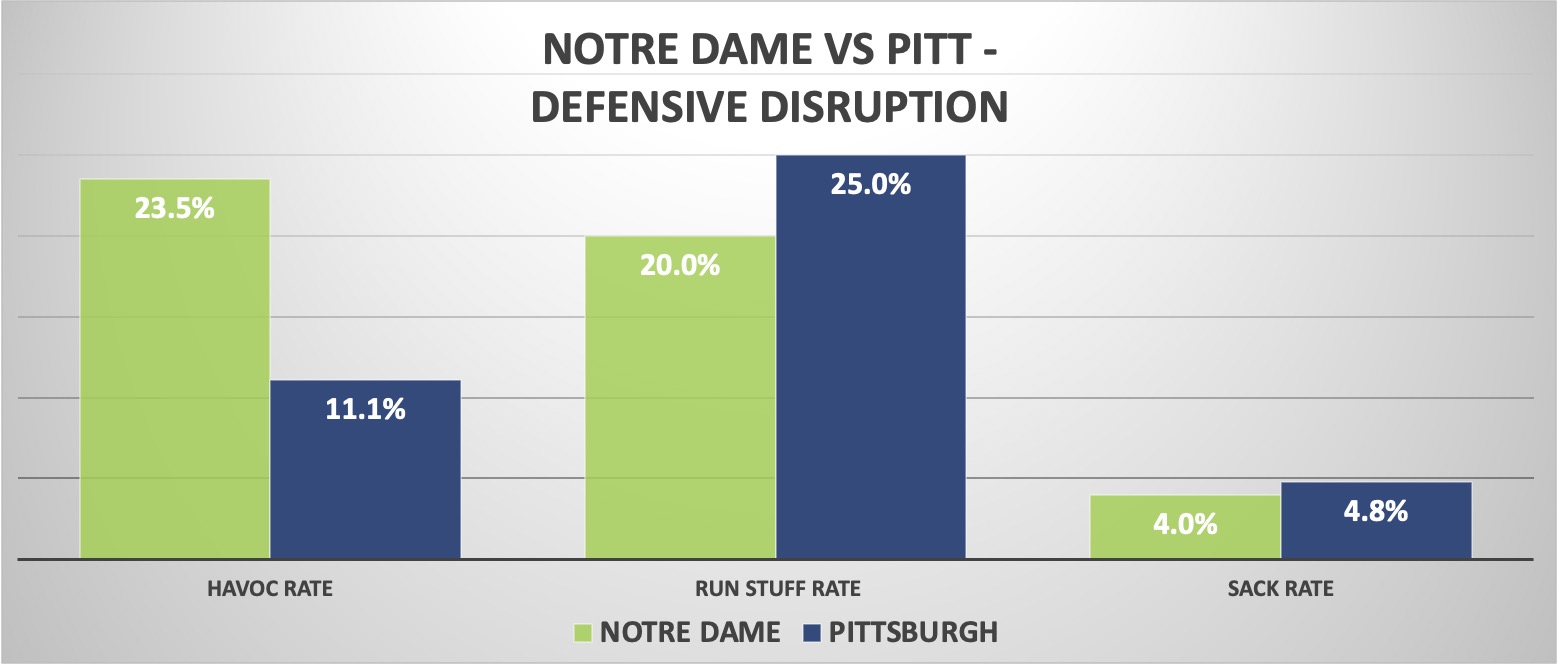
Another sign the defense is firing on all cylinders is the uptick in havoc rate over the past two games without a trade-off in explosiveness. Havoc rate is not inherently a quality measure for defenses – LSU’s 51st ranked defense is F+ has about the same havoc rate as Notre Dame with a far more “boom or bust” profile. But higher havoc rates are correlated with better EPA and success rate allowed. Al Golden’s ability to dial up the disruption without hiccups on the back end (longest Pitt play pre-garbage time of 16 yards) is elite stuff.
It wasn’t perfect, but the offense makes progress vs Pitt
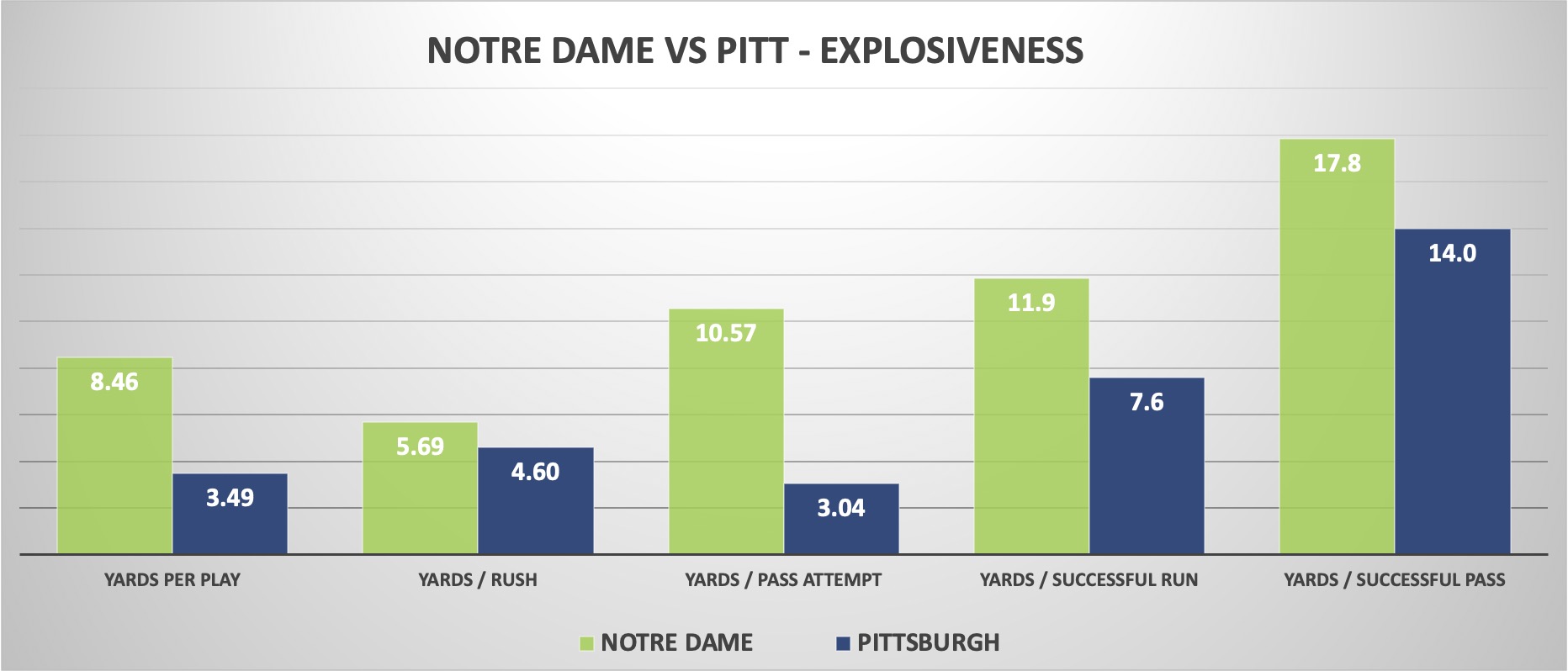
Turnovers put an early stain on a strong offensive showing, especially given a solid opposing defense (Pitt checks in at 40th in Defensive F+). The Pat Narduzzi defensive scheme appears like a bad matchup for the Irish offense on paper – aggressive bringing extra defenders into the box, comfortable playing physical man coverage and daring receivers to beat them downfield. Sam Hartman carved up that scheme to the tune of 10.6 yards per dropback and a 62% passing success rate, the highest mark since Tennessee State and Navy.
The receivers also answered the questions about winning downfield pretty definitively, with (including garbage time) completions of 60, 47, 42, and 33 yards. Between injuries and parity, the receiving by committee has gone to an extreme level for Notre Dame this year, and the loss of Mitchell Evans with a knee injury reintroduces depth concerns (especially combined with Jayden Thomas still appearing limited). 75% of the way through the season and Notre Dame has yet to have a receiver go over 100 yards or catch more than four passes! I’m not sure if that’s more concerning or impressive that they’ve survived offensively without that kind of individual contribution.
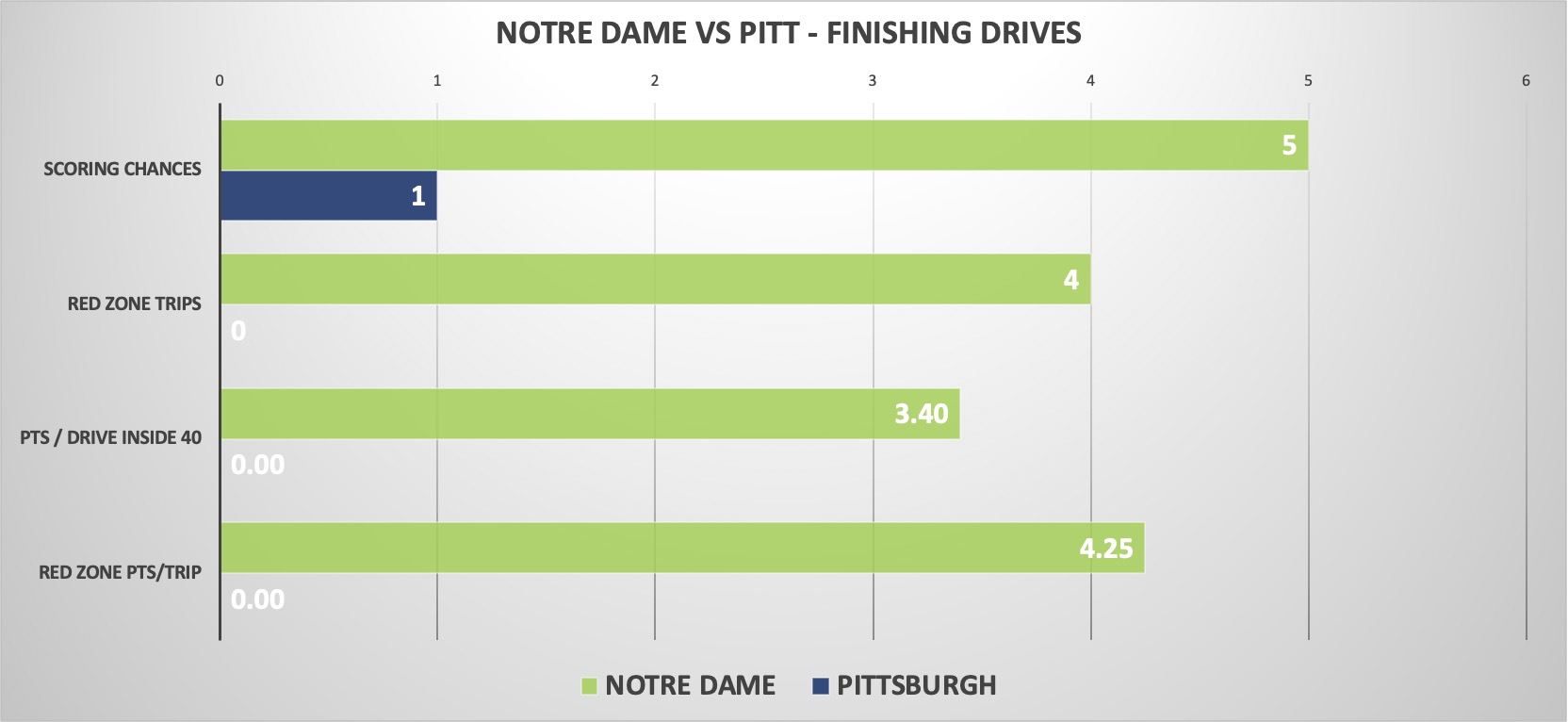
Execution has also been impressive converting from in close – Notre Dame now ranks 16th in red zone TD% offensively and 5th in opponent TD%. A couple of scoring chances where the Irish came up empty will ding the season-long rates a bit, but this continues to be an impressive rebound defensively from a season ago when Al Golden’s crew was dead last in FBS allowing touchdowns in the red zone.
On to Clemson
It’s tempting to overlook Dabo Swinney’s struggling team and easy to salivate at the opportunity to put the Tigers below .500. The arrival of Garrett Riley and the intended upgrade from DJU to 5* sophomore Cade Klubnik has thus far led to an offense slightly worse than last year’s disappointment. Swinney’s approval rating has dropped enough radio callers are slandering him with comparisons to Tommy Bowden and quoting bible passages about pride coming before the fall.
But! This is a team that is excelling in playing very good football in the core phases of the game and then making disastrous plays that lead to losses. If they can put together a clean afternoon minimizing turnovers, this will be an absolute battle.
To add some SP+ detail to Greg’s comment here re: Clemson’s losses:
-Duke: lost by 21, SP+ adjusted margin -8.8
-FSU: lost by 7, adj margin -2.2 / 40% win expectancy
-Miami: lost by 8, adj margin +3.1 / 64% win expectancy
-NC State: lost by 7, adj margin +0.7 / 53% win prob https://t.co/robSsOfWZR— Michael Bryan (@michaelbryanMB) October 30, 2023
It’s also worth noting that the Irish offense has looked far more vulnerable on the road in ACC play this year than at home. Hartman’s sack rate at NC State, Duke, and Louisville was a whopping 9.9% compared to 1.5% against P5 competition at home. The passing and run game efficiencies take a similar hit (the performance against the Wolfpack salvaged by explosives). You can point to some other confounding variables that can explain these poor efforts – Duke and Louisville in particular. The wide receiver room was decimated, offensive line banged up and shuffling things, Gerad Parker stuck in the “bad plays” section of the playbook. But this is still a very stout Clemson defense (10th in F+) and Mitchell Evans is now down for the year just as the receivers looked healthier (Jayden Thomas, please rest) out of the bye.


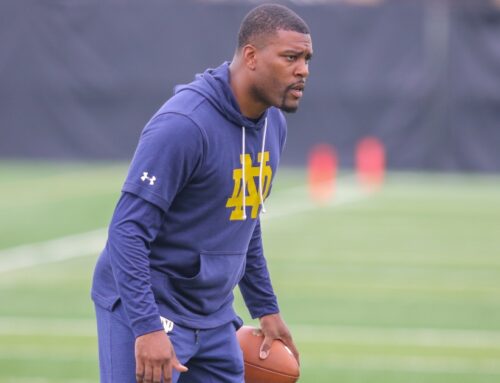
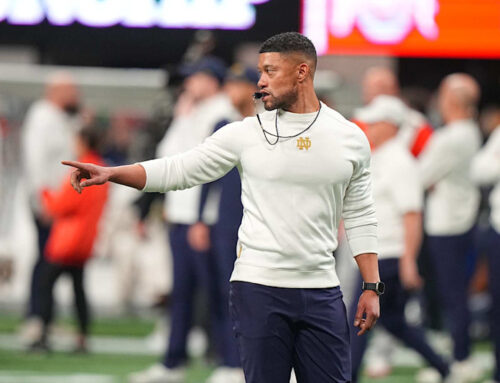
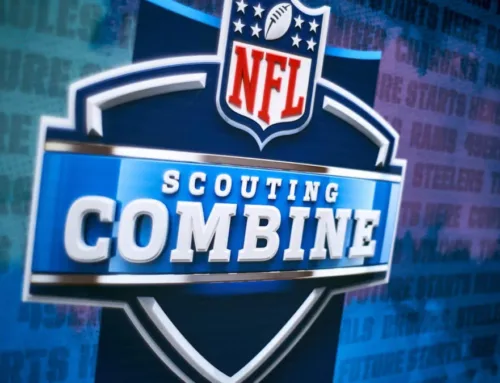
My 18 Stripes premium account must’ve expired…last paragraph, second sentence says
I know I paid up my account.
I think you guys need to credit my card and give me some of my money back!
Personally, I’m a big fan of using players instead of numbers. X is very disruptive as a player, though I think he meant to say “X% compared to 2022 Liufau% against P5 competition at home”
X is very disruptive.
But I thought they said the “Jimmies and Joes” are more important than the “X’s and O’s”!
Paid subscribers have the numbers in their inbox!
(I knew when I did that I would forget to update, but numbers in there now!)
Thanks!
This clemson game has me super nervous for all the reasons you stated, combined wi to the vegas rat line (although it’s mostly aligned with advanced stats). will say the one thing that makes me feel better is fortuna picked clemson by 7
I didn’t read the article – did the stats say ND should have won?